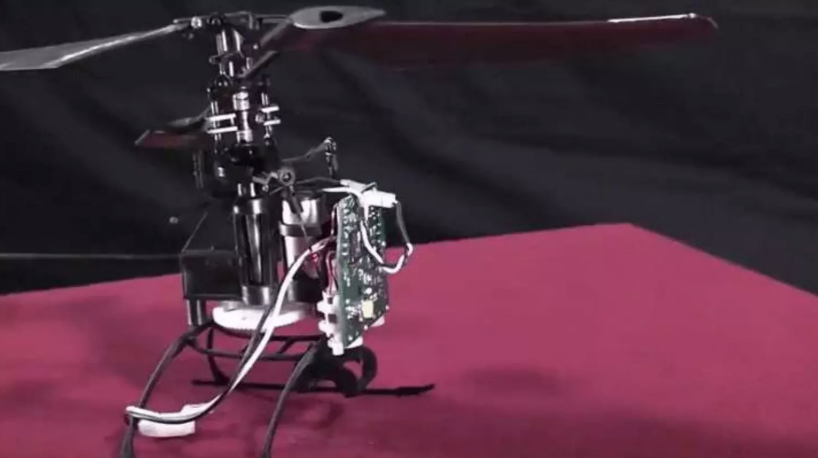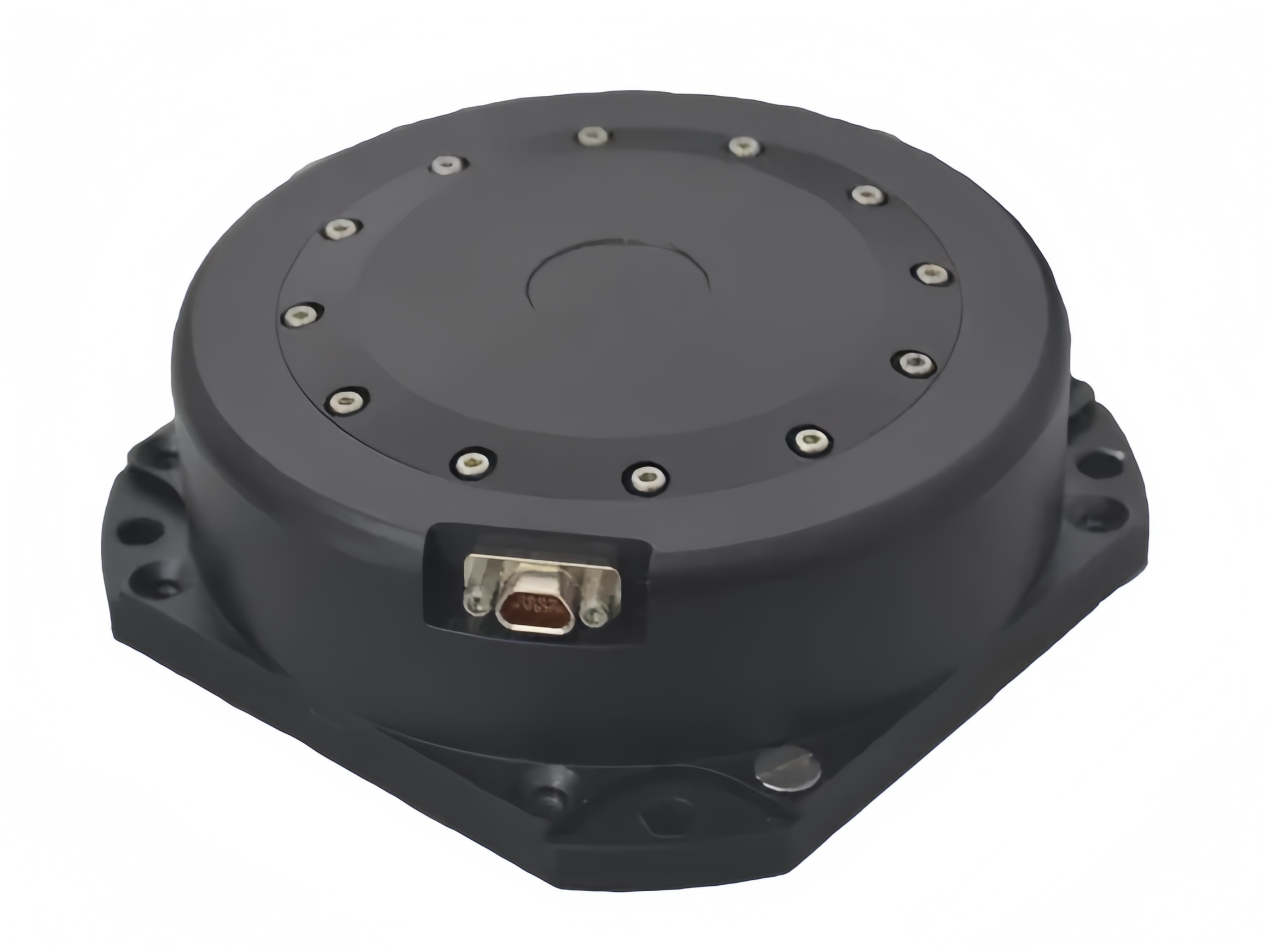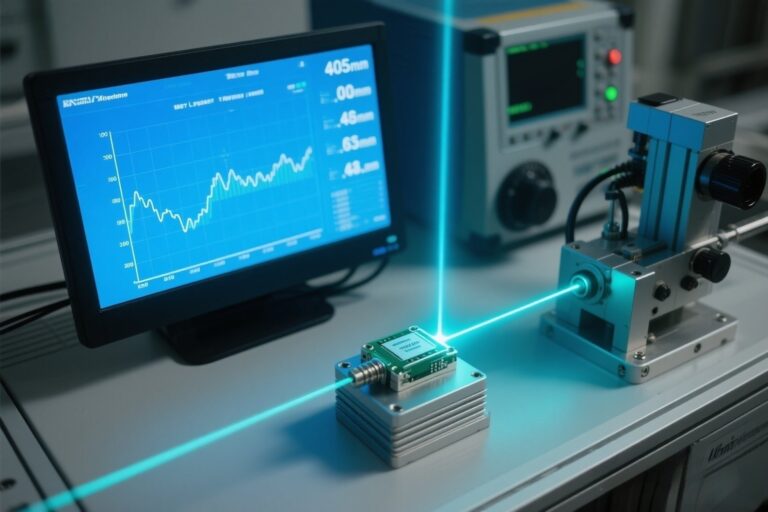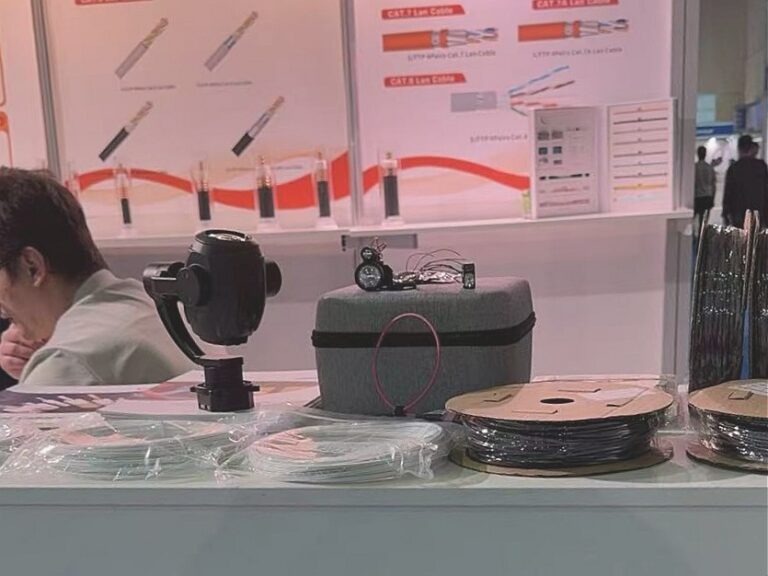Introduction: Navigating the Challenges of Underground Mining
Deep underground, where sunlight never reaches and pounding machinery reverberates through the tunnels, accuracy is everything. Mining is no longer a world of just picks and shovels—modern mining equipment depends on precise navigation and positioning to keep both operations running smoothly and workers safe. Within the mechanized maze of a mine, automated haul trucks, drilling rigs, and continuous miners rely on precise inertial measurements to perform their tasks. However, the intense, relentless vibrations and shocks of this environment put immense pressure on navigation and stabilization technology. This is where the choice between a MEMS (Microelectromechanical Systems) gyroscope and a fiber optic gyroscope can make or break a mining operation.
In recent years, as mines have become deeper, more automated, and more dependent on precision, fiber optic gyroscopes have emerged as the clear front-runner, outperforming traditional MEMS gyroscopes, especially in high-vibration mining environments. But what makes these devices so superior in the harsh world beneath our feet? Let’s take a deep dive into the world of gyroscopes, mining equipment navigation, and the critical factors that determine operational success.
The Need for Accurate Navigation in Harsh Environments


Picture this: a tunnel truck carrying tons of ore winds its way through a narrow shaft with less than a meter clearance on either side. If its navigation system is off by even a small margin, costly collisions, misalignment with loading bays, or even serious accidents can occur. In underground or open-pit mines, accurate navigation in harsh environments is non-negotiable—not just for efficiency, but for safety.
Standard GPS does not work underground, and signal distortions can make even the best surface systems unreliable. This is why mining companies turn to inertial navigation systems (INS)—the same kind of technology trusted by aircraft and spacecraft. At the heart of these systems is the gyroscope, a sensor that accurately tracks the rotation and orientation of vehicles or equipment.
However, mining’s thundering engines, machine vibrations, and constant shockwaves from blasting make it one of the toughest tests for any navigation hardware. Here, the choice usually comes down to either existing MEMS gyroscopes or advanced fiber optic gyroscopes (FOGs). Understanding their key differences is crucial for mining operators looking to optimize their navigation systems.
Understanding Inertial Measurement Units (IMUs)
Any robust mining equipment navigation solution uses an Inertial Measurement Unit (IMU), an electronic device that integrates accelerometers and gyroscopes to estimate changes in velocity, orientation, and positional movement. While accelerometers track how fast something speeds up or slows down, it’s the gyroscope that senses the rate of rotation—crucial for maintaining heading and positioning in three-dimensional space.
MEMS Gyroscopes: The Current Standard?
MEMS gyroscopes, leveraging micro-scale mechanical components, have become the go-to choice for many industries. In mining, they are typically valued for their affordability, small footprint, and relatively low power consumption. MEMS sensors are commonplace in smartphones, drones, and automotive safety systems. They work by measuring the Coriolis effect—tiny vibrating plates or springs inside the gyroscope are disturbed when the unit rotates, and this disturbance is measured to determine angular rate.
However, these tiny mechanisms are susceptible to vibration-induced errors, especially in harsh mining environments. MEMS gyroscopes are prone to “drift” over time, meaning their readings slowly become less reliable unless constantly corrected. Because they are so small and finely tuned, even the high-frequency vibration from a truck’s diesel engine can interfere.
From a practical standpoint, MEMS gyros are like a sensitive microphone in a rock concert—brilliant in the right setting, but overwhelmed by excessive noise and chaos. In mining’s punishing environment, this lack of robustness can lead to serious position errors, potentially jeopardizing safety and efficiency.
Fiber Optic Gyroscopes (FOGs): A Superior Alternative?
Enter the fiber optic gyroscope—a technological leap that’s steadily replacing MEMS in the most demanding industrial applications. FOGs don’t have any moving parts that can wear out or lose calibration. Instead, they use the Sagnac effect, sending beams of light in opposite directions through a coil of optical fiber. When the unit rotates, the time taken by the light beams to finish the loop changes, and this shift is used to determine rotation with remarkable precision.
Because FOGs operate at the speed of light and are not dependent on delicate mechanical parts, they naturally resist the noise, shocks, and vibrations found in mining. This means fiber optic gyroscopes can maintain their accuracy where MEMS units fail, offering superior performance for high-vibration mining environments.
How FOGs Outperform MEMS in High-Vibration Environments
The unique physical demands of mining are a proving ground for gyroscope technology. Heavy equipment routinely encounters shocks, rapid stops and starts, and persistent low-frequency vibrations—conditions ripe for navigation errors unless your sensors are up to the challenge.
The Impact of Vibration on MEMS Gyroscopes
MEMS gyroscopes, built from minuscule silicon structures, are fundamentally limited by their very scale. Vibrations can cause their moving parts to resonate or oscillate incorrectly, generating false rotation signals or amplifying sensor drift. For example, a drilling rig may register not just the actual rotation of the drill, but every additional quiver, knock, or rumble. Over time, these errors accumulate, so a navigation system based on MEMS technology becomes less and less reliable without frequent manual recalibration or correction from other signals.
In mining, where the geography often precludes external correction signals and the environment is constantly shaking, these inaccuracies can quickly make MEMS-based IMUs a liability rather than an asset.
The Resilience of FOGs to Vibration
By contrast, FOGs have no moving or resonant parts susceptible to vibration. The key innovation is the use of light and fiber optics to measure rotation, not motion of physical mass. Since the alterations in phase caused by the Sagnac effect happen on an optical (rather than mechanical) level, typical mining vibrations are simply not a concern for measurement accuracy.
Numerous independent tests—both in labs and on mining vehicles—have repeatedly shown that fiber optic gyroscopes deliver orders of magnitude better precision and resistance to environmental noise compared to MEMS units. For example, during high-vibration machine operation, FOG-based navigation systems can maintain sub-degree accuracies over extended periods, whereas MEMS errors can quickly balloon to several degrees or more without correction.
The Physics Behind FOG’s Superiority
Let’s make this tangible: If MEMS gyros are the equivalent of using a pen on a rumbling train, FOGs are like using a laser pointer—unaffected by jostling, delivering unwavering stability. The Sagnac effect is based on a purely optical shift, divorced from external mechanical influences, making FOGs nearly immune to the types of vibration common in mining.
It’s not just marketing: mining companies report dramatically improved performance in real-world deployment when they switch to fiber optic gyroscope-based IMUs—longer maintenance intervals, more accurate maps, and, above all, fewer costly errors due to navigation drift.
Real-World Applications in Mining
The switch from MEMS to FOGs is not just theory or lab-testing—it’s transforming mining operations today.
Improved Safety and Efficiency
The most immediate and significant impact of FOG-based navigation systems is on safety. In tightly spaced tunnels, even small errors in orientation or position can risk collision with rock walls, other vehicles, or workers on foot. With FOG-equipped IMUs, autonomous haul trucks and loaders can operate with confidence, maintaining their heading even after hours in rugged conditions, reducing accident risk.
Operationally, this translates into tangible efficiency gains. Repetitive tasks, such as blasting, drilling, and ore extraction, benefit from continuous accurate positioning. Fewer interruptions for sensor recalibration or correction mean more ore moved per hour and less fuel wasted on repeat passes.
Enhanced Automation and Autonomous Systems
As mining companies push toward more autonomous fleets, fiber optic gyroscopes become even more critical. High-performance robotics and autonomous haulage systems demand extremely reliable inertial data—errors of just a single degree over a long route can mean missed turnoffs or sensor misalignments. In limited-space mines or when operating multiple vehicles simultaneously, even a brief drift can create system-wide hazards.
FOGs have been instrumental in proving the viability of fully autonomous mining equipment. Companies deploying fleets equipped with FOG-based navigation systems report smoother workflow, less down-time, and greater worker trust in automated machinery. This is not just about doing old things better—it’s about enabling radically new approaches to underground resource extraction.
Cost Considerations and Future Trends
For many mine operators, the bottom line is cost: Do fiber optic gyroscopes justify their investment? Is the technology scalable for widespread adoption across large fleets and facilities?
The Economics of FOG Adoption
FOGs do come with a higher up-front cost. Advanced manufacturing processes and the materials used—such as specialized optical fibers and sensitive light detectors—currently mean FOGs can be several times more expensive than equivalent MEMS units. However, this is only one part of the value equation.
Reduced maintenance costs, fewer navigation errors, lower accident rates, and greatly improved uptime often translate into rapid return on investment. One equipment breakdown or crash avoided because of better navigation accuracy can pay for several FOG systems outright. Additionally, as more mines embrace automation, the value of reliable inertial navigation systems only increases.
Technological Advancements and Miniaturization
It’s also important to note that the cost and size of FOGs are coming down fast. Thanks to advances in photonic integration, new designs use less fiber and more compact optical circuits—making FOGs both more affordable and easier to integrate into standard mining equipment. Some companies now offer FOG modules that fit in handheld devices, small robots, or even personal safety systems.
Looking ahead, the ongoing miniaturization and cost reduction in fiber optic gyroscope technology will make them accessible for mid-sized and even small-scale mining operations. Combined with the growing trend toward digital transformation in mining, FOGs are poised to become not just a premium option, but an industry standard.
Conclusion: The Future is Fiber Optic
When it comes to high-vibration mining environments, the case for fiber optic gyroscopes is clear and overwhelming. MEMS gyroscopes, while ubiquitous and inexpensive, simply cannot match the performance, reliability, and robustness of FOGs in the face of constant shock and vibration.
For mining companies committed to safety, efficiency, and the promise of fully autonomous operations, switching to fiber optic gyroscopes is becoming essential. With proven gains in accuracy, fewer accidents, lower operating costs, and improved safety, FOG technology is not just the future—it’s the new gold standard for mining equipment navigation.
If your facility hasn’t yet explored the benefits of FOG-based inertial systems, now is the time. As the technology matures and becomes more affordable, the question is not if the mining industry will make the leap—but when. Don’t risk falling behind: Light up your navigation systems with the precision of fiber optics and set a new benchmark for productivity underground.
FAQs
1. What is the lifespan of a FOG compared to a MEMS gyroscope in a mining environment?
Fiber optic gyroscopes offer significantly longer operational lifespans. With no moving or vibrating components to wear out, FOGs maintain accuracy and reliability far longer than MEMS sensors, especially when subjected to high-vibration environments commonly found in mining.
2. Are FOGs suitable for all types of mining equipment?
While FOGs are ideal for applications requiring high-accuracy navigation, there may be some cases where MEMS gyros are still cost-effective, such as in less critical or stationary machines. However, for any mobile, high-value, or autonomous equipment, FOGs are strongly recommended.
3. What are the main limitations of FOG technology?
FOGs are historically larger and more expensive than MEMS alternatives, and their power consumption can be higher. However, ongoing miniaturization and cost-reduction trends are rapidly eroding these barriers.
4. How does the power consumption of a FOG compare to a MEMS gyroscope?
Typically, FOGs use more power due to their optical components, but modern designs are much more efficient—often manageable within mining equipment’s existing power budgets.
5. What are the future prospects for FOG technology in the mining industry?
Expect FOGs to become more widespread as technology advances and the mining industry places higher value on automation and safety. As costs drop and devices become smaller, fiber optic gyroscopes are well on their way to being a ubiquitous feature in all advanced mining operations.


